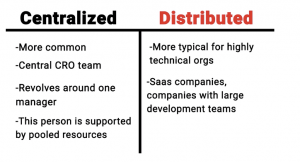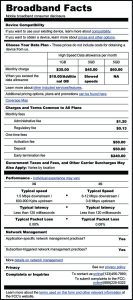Over 90 percent of customers said they might take their business elsewhere instead of working with companies with outdated technology, according to a survey by Microsoft. Whether customer perceptions are actually right or not doesn’t really matter when they move onto your competitor. Updating your tech is now a business necessity and not a luxury reserved for big brands and box retailers.
A technology update doesn’t have to be all or nothing or cost a fortune. Start with some of the essential technology upgrades that are costing you productivity and money. Next, weave in additional updates and new equipment that can wait for a second upgrade phase. Not sure where to start? Here’s what to focus on first:
Payment Processors
Still using an outdated, old-school payment processor where you swipe credit cards? As of October 1, 2015, you’re now liable for fraudulent charges that occur on your outdated machines. EMV (standing for Europay, MasterCard and Visa) is now the standard adopted by all major brands of credit cards, which come outfitted with a secure microchip. Located on the front of the card, the microchip provides an additional level of security and protection. This means if your customers are handing you a credit card with an updated microchip, you’re required to run it on the latest EMV POS systems or be held liable for any theft and damages related to the transaction.
Fortunately, payment processing software like Sage simplifies the process and gets your business up and running quickly and easily with a new processor. Sage supports physical terminals as well as online transactions, so your business is covered no matter what type of payments you accept. EMV capability is the new norm and doesn’t require a big investment to start using it immediately. It also saves you money against potential damages and increases your business. After all, most customers who see businesses without the updated system will simply go onto the next store instead.
Data Storage
If you’re still relying on hard drives and USB sticks for your data storage, you’re not alone. In fact, you’re still ahead of the game when considering how long it has taken Washington to adapt. According to an article in The New York Times, the White House still uses floppy disks and employs an MIT-educated adviser to wean them off the ancient system and into the modern world.
Businesses don’t necessary need an advisor to tell them why and how to upgrade, but there are plenty of options to get your data organized and upgrade to a cloud-based system, such as Carbonite. Once you set it up, you can automatically back up and sync all of your data without you needing to do anything at all. Whether your entire office’s computers go down or you need a file on the go, log in and retrieve or restore what you need quickly.
Company Website
You may think your small business website is impervious to rapidly changing technology because your clients don’t care about your website, book your services in person or are too busy to do anything about it. But none of those reasons really matter if you’re competing in an online world. Google now penalizes websites that aren’t properly optimized for mobile. The reason isn’t so much they’re punishing website owners, rather they’re responding to the rapidly growing trend that mobile search is a popular method of online search. This means that you need to keep your website updated for the latest algorithms, so your current and potential customers can find you easily online.
Although you don’t need to update all of your technology at one time, it is beneficial for your business to stay current with the times. And, whether you are avoiding the risk of fraud or search penalties, updated technology can save you money in the long run.
Business & Finance Articles on Business 2 Community(87)







